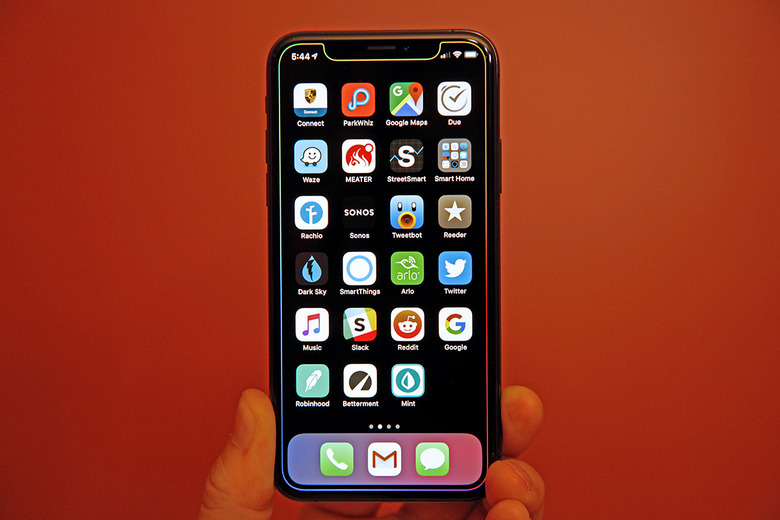Apple Confirms Recent iPhone Models Might See CPU Throttling, But You Probably Won't Notice
Late last year, users discovered that an iOS update resulted in their old iPhones getting slower than before. It turned out it was an intentional iOS feature, as Apple tried to prevent older iPhones from unexpectedly shutting down under heavy load. Throttling the speed of the processor, it turned out, would prevent shutdowns.
In the months that followed that discovery, Apple apologized to users, implemented a cheaper battery replacement program for the iPhone, and fought allegations that such features are part of a planned obsolescence strategy to convince buyers to upgrade to newer iPhones. Apple even had to address questions from Congress on the matter, explaining how its CPU throttling works.
In one letter to lawmakers, Apple explicitly noted that newer devices like the iPhone X, iPhone 8, and iPhone 8 Plus won't be affected by slowdowns in the future. But it turns out that's not quite so.
Here's how Apple explained the matter to Congress back in early February:
iPhone 8, iPhone 8 Plus, and iPhone X models use a more advanced hardware and software design that provides a more accurate estimation of both power needs and the battery's power capability to maximize overall system performance. This allows a different performance management system that more precisely allows iOS to anticipate and avoid an unexpected shutdown. As a result, the impacts of performance management may be less noticeable on iPhone 8, iPhone 8 Plus, and iPhone X. Over time, the rechargeable batteries in all iPhone models will diminish in their capacity and peak performance and will eventually need to be replaced.
Fast forward to iOS 12.1, which was just released, and you'll see that Apple has quietly updated its iPhone Battery and Performance support page to include the 2017 iPhones in the list, as first observed by The Verge — emphasis ours:
Additionally, users can see if the performance management feature that dynamically manages maximum performance to prevent unexpected shutdowns is on and can choose to turn it off. This feature is enabled only after an unexpected shutdown first occurs on a device with a battery that has diminished ability to deliver maximum instantaneous power. This feature applies to iPhone 6, iPhone 6 Plus, iPhone 6s, iPhone 6s Plus, iPhone SE, iPhone 7, and iPhone 7 Plus. Starting with iOS 12.1, iPhone 8, iPhone 8 Plus, and iPhone X include this feature, but performance management may be less noticeable due to their more advanced hardware and software design.
That doesn't necessarily mean that if you purchased an iPhone 8 or iPhone X at launch last year you'll start experiencing slowdowns any time soon. But it might happen eventually, which is probably why Apple felt compelled to update the support page with the 2017 devices.
If it happens, at least you'll know your battery has aged to the point where it won't allow the iPhone to work at full speed at all times. A battery change will restore the performance. To learn more about the health of your battery, head on to the Settings app, then Battery, and then Battery Health. That's where you'll find the battery degradation state and whether it still supports peak performance.
